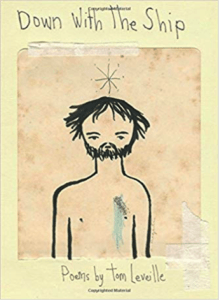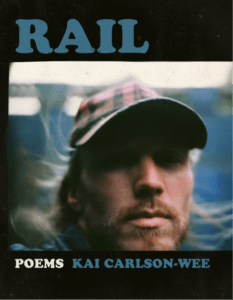Duo
¡Bienvenido!
Welcome to senior year
and welcome to
something else to stress you out.
Welcome to Duolingo.
¿Cómo estás?
How are you doing?
In your classes and in your
Spanish lessons?
Duo is disappointed.
Your parents are disappointed.
You aren’t getting into college.
But anyways,
how are applications going?
¿Cuántos años tiene?
How old are you again?
Last time you checked,
you were sixteen. How are you
an adult already?
Where did the time go?
124 day streak. How
have you been learning
Spanish for half a year?
How old will you be when you
get your acceptance letter?
¿Quién es tu amigo?
Who’s your friend?
And who hates you?
It’s really hard to tell lately.
High school is stupid.
Duolingo is stupid.
You can’t wait until college
when you don’t have to ask
who your friends are.
¿Cómo está el clima?
What’s the weather like?
Hot. Pretty normal
for summer.
Lots of rain.
You’re told it’s going to snow
a lot when you’re Upstate.
You’ve never been Upstate.
You also hear there are lots
of owls. You don’t
want to think about
Duolingo.
You wonder some more
about the weather.
¿Cuál es tu color favorito?
What’s your favorite color?
It’s an easy question.
So, why can’t you answer?
It’s just an ice breaker for the first day.
Just pick a color,
any color.
Say green. Like
that stupid owl.
It haunts you.
Green is not your favorite color.
Eres un estudiante de primer año.
You are a freshman.
Everybody knows it
and they all
hate you for it. Except
the other freshmen.
They are just like you.
But they don’t have a
348 day streak.
Because, after all,
they’re only freshmen.
No hablas con nadie.
You don’t speak to anyone.
No one but
that stupid owl,
the collection of
stupid pixels
that harasses you
to learn Spanish.
Maybe if you do
your lessons, you will
know another language
that you won’t
speak to anyone in.
¿Cuándo estarás bien?
When will you be okay?
Day 365?
Day 416?
Day 573?
You don’t know
a lot of things.
You still feel
like you don’t
know Spanish.
All you know is
that now,
on day 639,
you’re doing
better. So
maybe two years
is when you will,
finally,
feel okay.
Dar gracias.
Give thanks
to Duolingo
for giving you
consistency
and your friend group
a common enemy.
Thank it for
the virtual
high-fives and
the stupid quests.
Thank it for
your sanity.
Megan Moran is a sophomore English major at SUNY Geneseo. In her free time she enjoys reading, writing, and doing her Duolingo lessons.

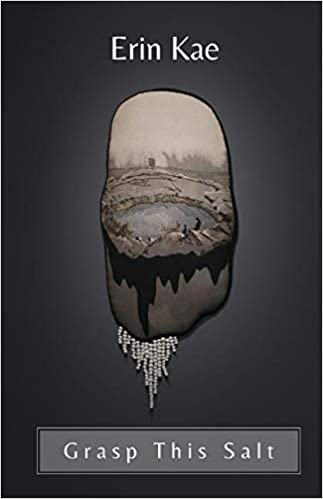 In early March of 2020, SUNY Geneseo alumna Erin Kae visited to hold the school’s first literary forum of the semester. There, she read
In early March of 2020, SUNY Geneseo alumna Erin Kae visited to hold the school’s first literary forum of the semester. There, she read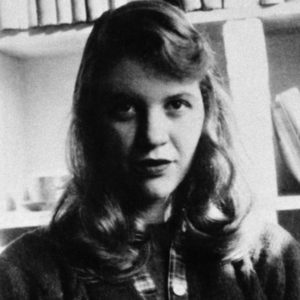 As a poet, I’m always looking for inspiration from other writers. I search for words, images, and techniques that I can borrow and make my own. So when I recently found myself in a writing rut, I dove into the poetry section of Barnes & Noble. Once I discovered Sylvia Plath’s poetry, I quickly noticed how it was riddled with enticing lines. Pen in hand, I jotted down every word or phrase that caught my eye. By the time I was finished, I’d read her poetry collections “
As a poet, I’m always looking for inspiration from other writers. I search for words, images, and techniques that I can borrow and make my own. So when I recently found myself in a writing rut, I dove into the poetry section of Barnes & Noble. Once I discovered Sylvia Plath’s poetry, I quickly noticed how it was riddled with enticing lines. Pen in hand, I jotted down every word or phrase that caught my eye. By the time I was finished, I’d read her poetry collections “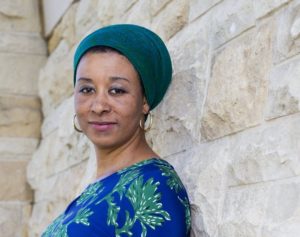 outlines the strange spaces she’s occupied as a result of being both African American and Muslim. (To hear more about this from the poet herself, check out her interview with
outlines the strange spaces she’s occupied as a result of being both African American and Muslim. (To hear more about this from the poet herself, check out her interview with 
